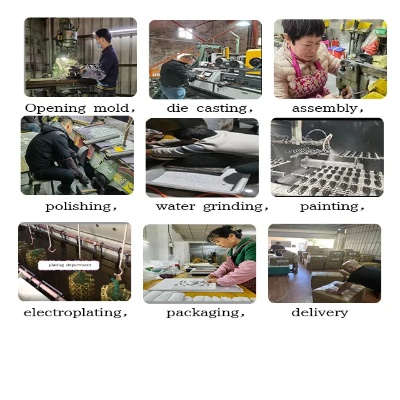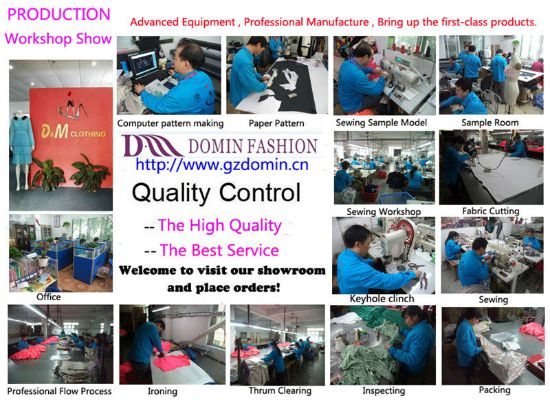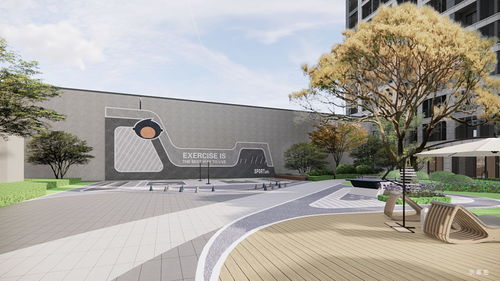Understanding the Intricacies of Interior Textile Design
Interior textile design is a multifaceted art that requires an understanding of both aesthetics and functionality. The intricate details of the patterns, colors, textures, and shapes used in interior fabrics are not only visually appealing but also contribute to the overall comfort and functionality of a space. This article explores the complexities of interior textile design, highlighting the importance of balancing form and function, as well as exploring the various techniques and materials used in creating these designs. By understanding the intricacies of this field, designers can create spaces that not only look great but also meet the needs of their clients.
Introduction: Interior textile design is an art form that blends aesthetics, functionality, and technology to create a harmonious environment. It involves selecting materials, colors, patterns, and textures that enhance the overall look and feel of a space. Whether it's designing a bedroom, living room, or office, interior textile designers have a knack for transforming spaces into cozy, inviting havens. In this article, we will explore the various components of interior textile design and provide some case studies to illustrate its application.
Materials: The choice of materials plays a crucial role in determining the overall look and feel of a space. Here are some commonly used materials in interior textile design:
- Wool: A warm and luxurious material that adds texture and depth to any space.
- Cotton: A breathable and soft fabric that is ideal for bedding and curtains.
- Silk: A lustrous and elegant material that exudes elegance and sophistication.
- Linen: A lightweight and breathable fabric that is perfect for summery spaces.
- Polyester: A durable and affordable material that can be used for upholstery, curtains, and other decorative items.
- Velvet: A luxurious and velvety fabric that adds a touch of glamour to any space.
Colors: Color plays a significant role in creating a mood and setting the tone of a space. Here are some popular color palettes in interior textile design:
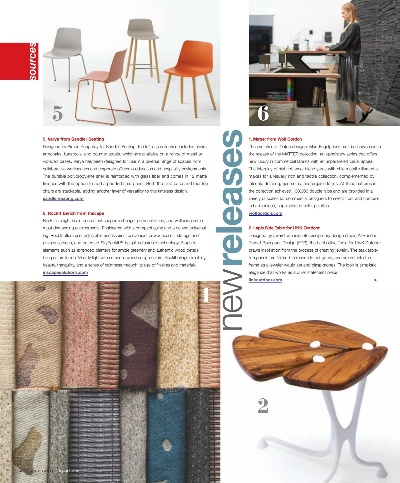
- Neutral colors: These include shades of gray, beige, taupe, and off-white. They are versatile and can work well in any space.
- Warm colors: These include shades of red, orange, yellow, and brown. They bring warmth and coziness to a space.
- Cool colors: These include shades of blue, green, and purple. They create a calming and soothing atmosphere.
- Floral colors: These include bright pink, lavender, and lilac. They add a pop of color to a space and make it more visually appealing.
Patterns: Patterns play a vital role in adding interest and personality to a space. Here are some common pattern types in interior textile design:
- Stripes: These are long, narrow horizontal lines that create a sense of balance and symmetry.
- Plaids: These are two or more horizontal stripes with alternating colors. They add a playful touch to a space.
- Solids: These are solid colors without any patterns or textures. They create a clean and modern look.
- Mosaics: These are intricate designs made up of small, repeating patterns. They add a touch of whimsy and creativity to a space.
Textures: Texture plays a significant role in creating depth and dimension in a space. Here are some common texture types in interior textile design:
- Wool: This natural fiber adds warmth and softness to a space.
- Silk: This lustrous fabric exudes elegance and sophistication.
- Cotton: This breathable fabric feels soft against the skin and is ideal for summery spaces.
- Linen: This lightweight fabric is perfect for summery spaces and provides a refreshing feeling.
- Velvet: This luxurious fabric adds a touch of glamour to any space.
Case Studies: Here are some examples of successful interior textile design projects:
-
The Living Room: In this project, the designers used a neutral color palette with warm wood tones for the furniture and accent pillows. They added pops of color with bold rugs and statement artwork on the walls. The result was a cozy and inviting space that felt like home.
-
The Bedroom: In this project, the designers created a serene and calming atmosphere by using soft, neutral colors and minimalist decor. They added texture with plush blankets and fluffy pillows. The result was a space that was both comfortable and visually appealing.
-
The Office: In this project, the designers incorporated a mix of functional and stylish elements to create a modern and efficient workspace. They used neutral colors for the walls and furniture, while adding pops of color with accent chairs and artwork. The result was a space that was both functional and visually appealing.
Conclusion: Interior textile design is a multifaceted art form that requires a keen eye for detail and a creative mind. By selecting the right materials, colors, patterns, and textures, designers can create spaces that not only look good but also feel good. Case studies such as those discussed above demonstrate how successful interior textile design can transform spaces into beautiful, inviting environments that inspire relaxation and comfort.
In terms of interior textile design, it encompasses a wide range of elements and practices. Here is an overview in English with examples and tables to illustrate.
室内纺织品设计是一个综合性的领域,涵盖了从材料选择、款式规划、色彩搭配到功能实现的各个方面,它不仅关乎美观和舒适度,还与室内空间的整体氛围和功能需求紧密相连。
设计要素概述
材料选择
室内纺织品设计首先取决于所选材料的特性,常见的材料包括天然纤维、合成纤维、混纺材料等,天然纤维如棉、麻等透气性好,触感柔软,适合用于制作床品、窗帘等,合成纤维则具有优良的抗皱性和耐磨性,适用于制作沙发套、地毯等,混纺材料则结合了两种或多种材料的优点,能够满足不同需求。
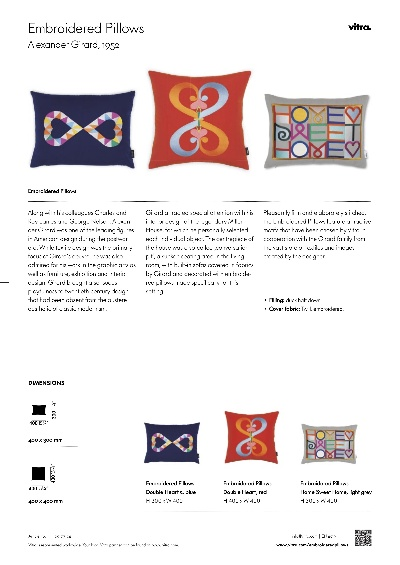
款式规划
款式规划是室内纺织品设计的核心,设计师需要考虑空间的使用功能、装饰风格、个人喜好等因素,制定出符合需求的款式方案,卧室的床品可以设计成舒适的床单和枕头套,以提供良好的睡眠环境;客厅的地毯则可以设计成具有装饰效果的图案或颜色搭配。
色彩搭配
色彩是室内纺织品设计中不可或缺的一部分,设计师需要根据空间的整体氛围和功能需求,选择合适的色彩搭配,色彩可以营造出温馨、舒适、浪漫等多种氛围,同时也可以提升空间的视觉效果,暖色调可以营造出温馨的氛围,适合用于儿童房或老人房;冷色调则可以用于展示空间或办公室等场合。
功能实现
除了美观和舒适度外,室内纺织品设计还需要考虑其功能性,床品需要具备良好的透气性和吸湿性,以保持干爽舒适;地毯则需要具备防滑、耐磨、易清洁等特点,纺织品还需要具备易于清洗和维护的特性,以延长使用寿命。
案例分析
绿色环保家居设计
某现代家居设计公司推出了一款采用天然纤维混纺的床上用品系列,这款床上用品采用了环保面料,具有抗菌、防螨虫等特性,同时颜色搭配清新自然,给人一种健康舒适的感觉,这款产品不仅符合了现代人对环保和健康生活的追求,也体现了设计师对绿色家居设计的理解和创新。
时尚简约办公室设计
某时尚简约办公室的设计采用了简约而现代的纺织品搭配,设计师选择了高质量的合成纤维面料制作了舒适的办公椅套和桌面覆盖物,这些纺织品色彩搭配时尚大方,既符合了办公室的装饰风格,又满足了员工的工作需求,这些纺织品还具备易于清洗和维护的特性,为办公室营造出整洁舒适的工作环境。
室内纺织品设计是一个综合性的领域,涵盖了材料选择、款式规划、色彩搭配和功能实现等多个方面,设计师需要根据空间的整体氛围和功能需求,选择合适的材料和款式,同时还需要考虑纺织品的易清洗和维护特性,通过不断的研究和创新,我们可以创造出更加美观、舒适、实用的室内纺织品设计,为人们创造更加美好的生活环境。
Articles related to the knowledge points of this article:
Expand Your Career Horizons with the Advancement at Yuxian Textiles!
Exploring the Rich Traditions of Nantong Yayu Fang Textiles
Dream Somance Textile Factory:A Journey of Innovation and Sustainability
Stylish and Versatile Customized Textile Apron Designs for Every Occasion
